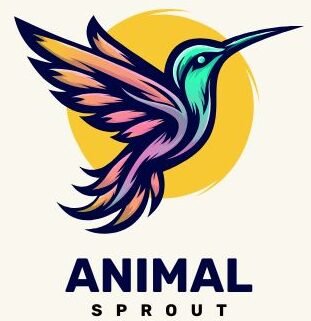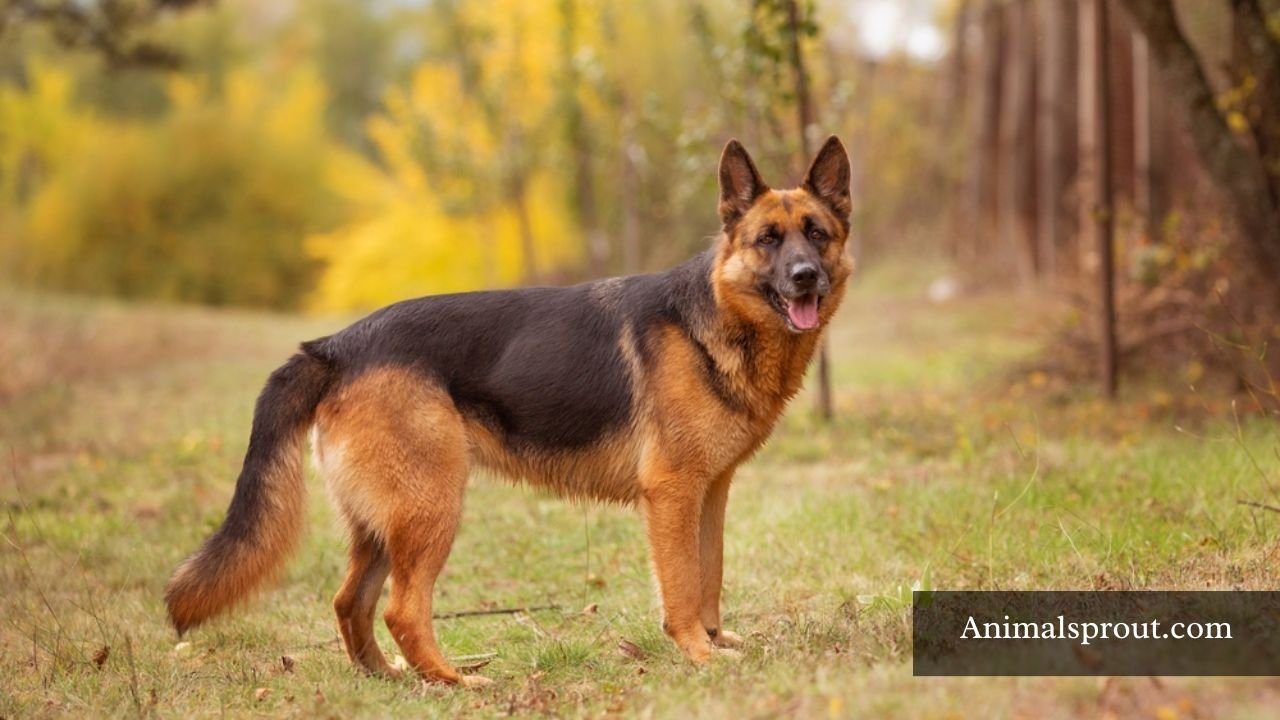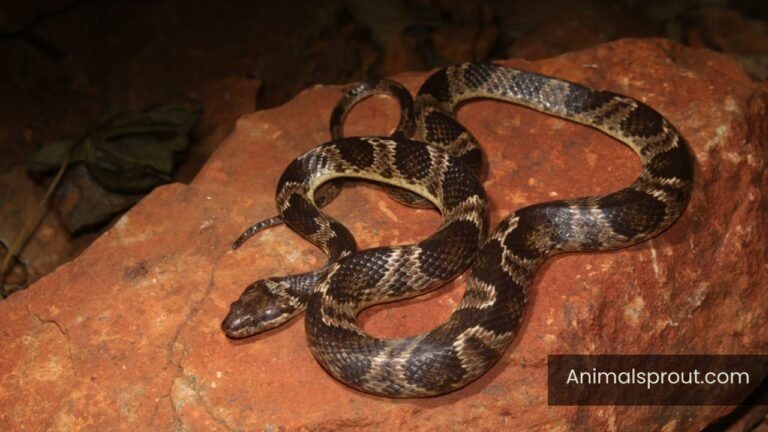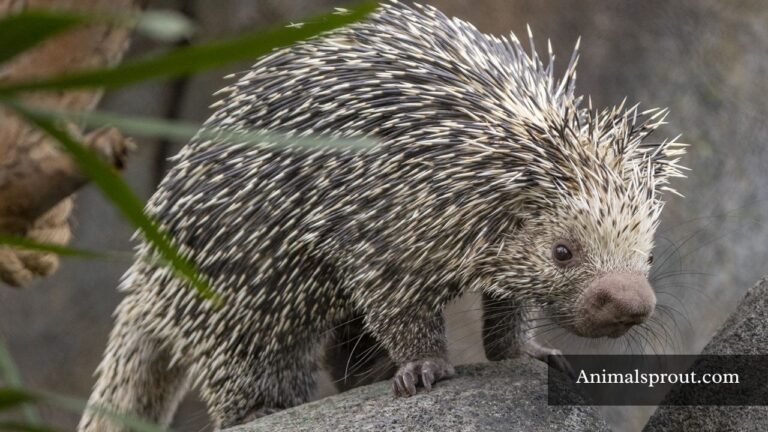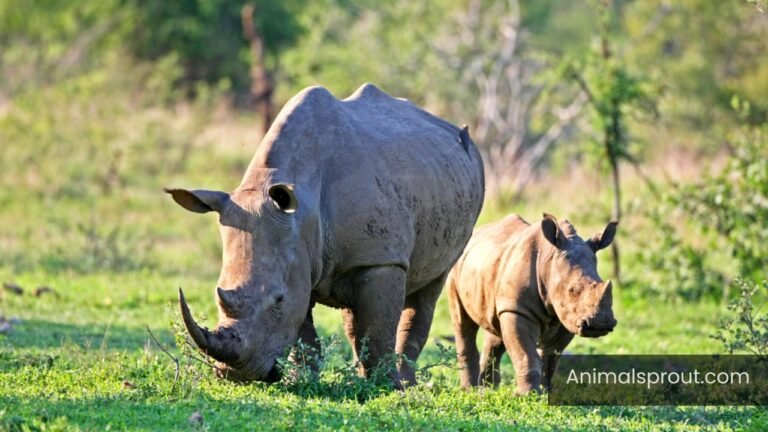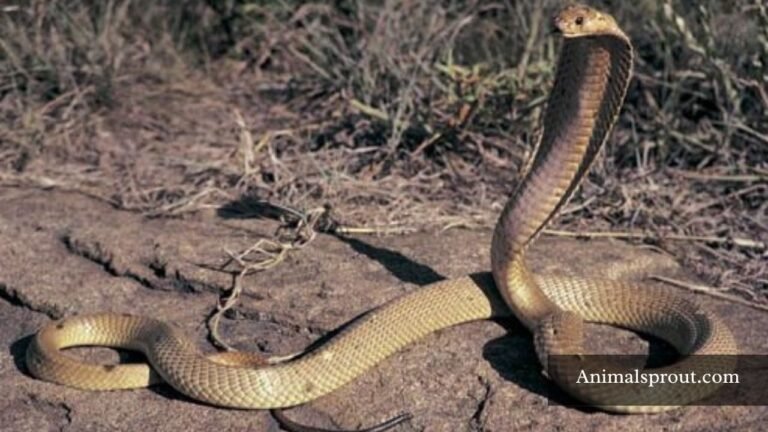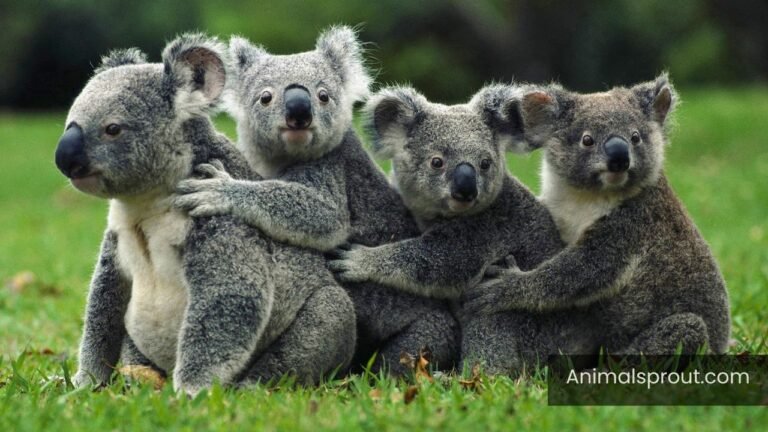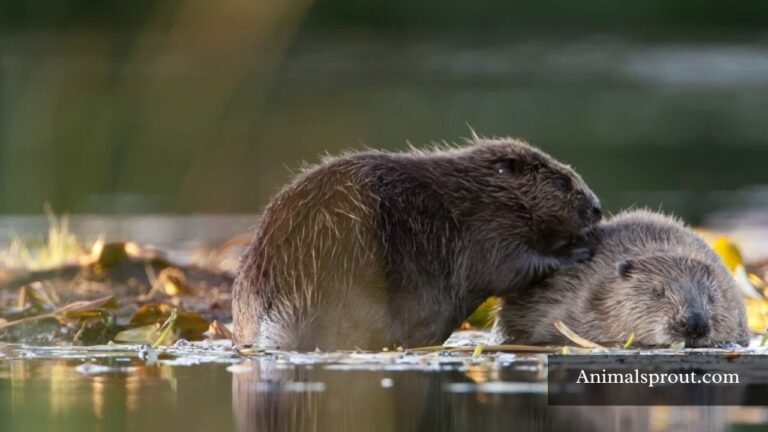Top 17 Anxious Animals In The World (With Images)
Ever considered that animals can experience anxiety just like humans? In this article, “Anxious Animals In The World,” we explore the growing recognition of animal emotions and behaviors that signal distress. This topic is vital not only for pet owners but also for anyone who cares about wildlife conservation and animal welfare. By unpacking current research and offering practical tips, readers will gain a deeper understanding of how to identify and help anxious animals, fostering a more compassionate relationship with our planet’s diverse creatures.
List of Anxious Animals In The World
Below is the list of most anxious animals in the world:
| Number of Animals | Names of Most Anxious Animals |
| 1 | Cheetahs |
| 2 | Horses |
| 3 | Ostriches |
| 4 | Deers |
| 5 | Guinea Pigs |
| 6 | Cats |
| 7 | Ducks |
| 8 | Meerkats |
| 9 | Goats |
| 10 | Opossums |
| 11 | Rabbits |
| 12 | Sheeps |
| 13 | Octopuses |
| 14 | Chickens |
| 15 | Elephants |
| 16 | Dogs |
| 17 | Chimpanzees |
Cheetahs
Scientific Name: Acinonyx jubatus
Class: Mammalia
Diet: Carnivore
Cheetahs are often hailed as the sleekest sprinters on our planet, but their remarkable speed masks a constant undercurrent of anxiety. These cats face relentless pressure from rival predators. Unlike lions or hyenas, solitary cheetahs often have to hunt alone, amplifying their vulnerability. With each sprint reaching up to 75 miles per hour, the stakes during a chase aren’t just about catching prey; they’re about survival.
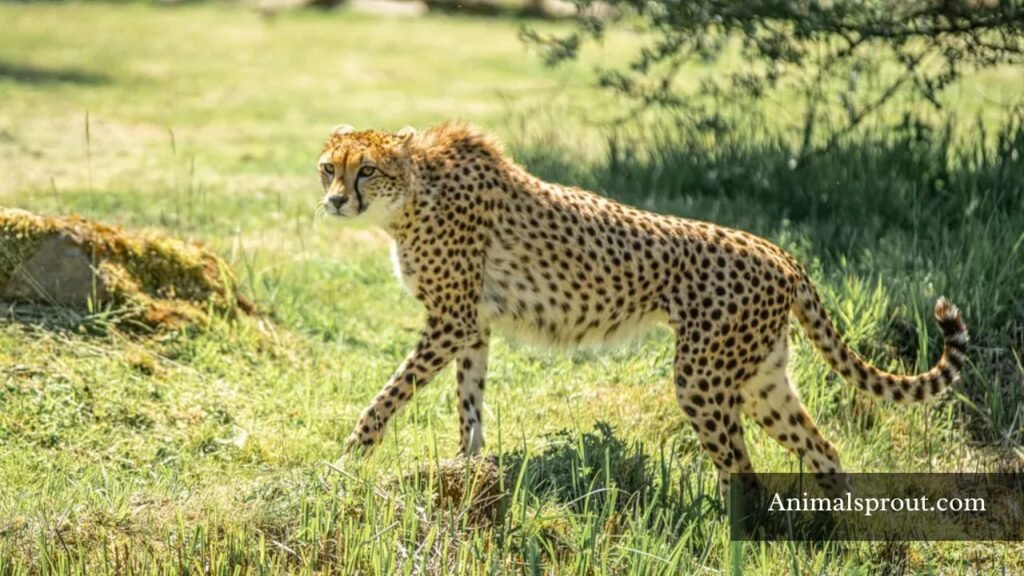
Interestingly, this anxiety isn’t just a fleeting emotion; it shapes their behaviors and social interactions. Female cheetahs, for example, tend to be more solitary, avoiding competition, while males often form small groups called coalitions to enhance their chances of survival, a unique social tactic born from necessity. Even after a successful hunt, their high-strung nature prompts them to eat quickly, fearing that larger predators might swoop in and steal their hard-earned meal.
Horses
Scientific Name: Equus ferus caballus
Class: Mammalia
Diet: Herbivore
Horses, with their majestic presence and soulful eyes, often communicate their anxiety in subtle yet profound ways. A twitch of the ear or a nervous stomp can signal stress, making it essential for caregivers to tune into these non-verbal cues. This sensitivity to their surroundings can stem from their nature as prey animals; evolution has finely tuned them to be hyper-aware of potential threats, which can lead to heightened anxiety in environments that feel unfamiliar or threatening.
Interestingly, the bond between horse and human can significantly impact a horse’s anxiety levels. Horses that experience consistent, positive interactions with their handlers often show reduced stress responses. This highlights the importance of establishing trust through gentle communication, patience, and understanding. Techniques like groundwork and desensitization can create a safe space for anxious horses, allowing them to flourish and even revel in their natural instincts rather than resist them. By fostering a calm environment and practicing mindful awareness, caregivers can help these magnificent creatures thrive amidst their anxieties.
Ostriches
Scientific Name: Struthio camelus
Class: Aves
Diet: Omnivore
Ostriches, the world’s largest birds, possess an intriguing blend of curiosity and caution. These flightless wonders may seem confident as they roam the savannahs, but their anxiety often surfaces when faced with potential threats. Instead of flight, they opt for a unique coping mechanism: a swift sprint. Capable of reaching speeds up to 45 miles per hour, their long legs carry them away from danger, showcasing a survival strategy that’s both instinctive and impressive.
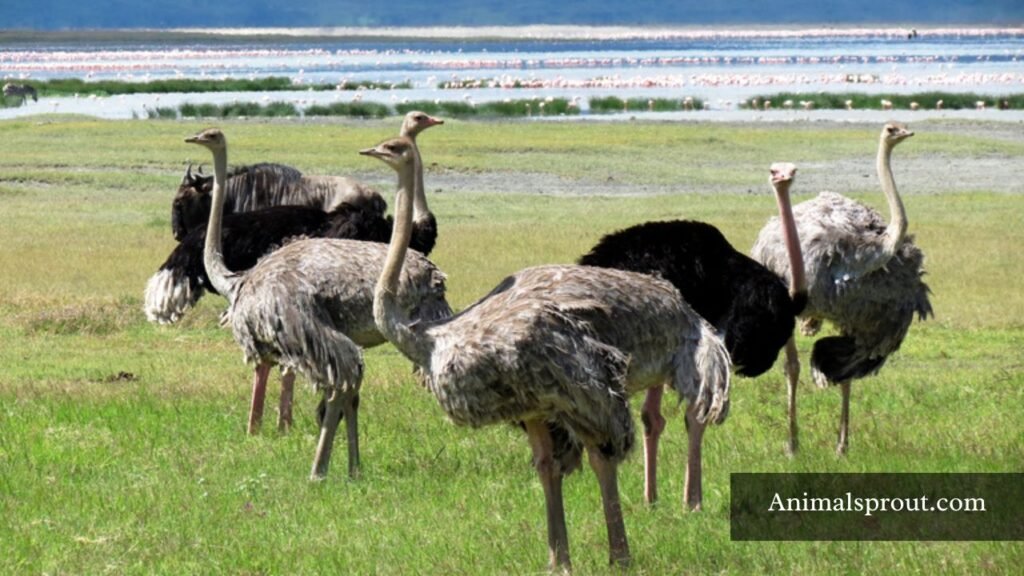
What’s even more fascinating is their tendency to blend in. When alarmed, ostriches will sometimes drop to the ground, flattening themselves in the hope that their mottled feathers will conceal them among the grasses. This behavior highlights their deep-rooted survival instincts, reflecting an underlying anxiety that keeps them on high alert in the wild.
Deers
Scientific Name: Cervus elaphus
Class: Mammalia
Diet: Herbivore
Deers are an intriguing blend of grace and anxiety. Their large, expressive eyes seem to constantly scan the surroundings, revealing a world filled with potential threats. This alertness is a survival mechanism; they are prey animals, finely attuned to the subtleties of their environment. Even the smallest rustle in the underbrush can send them into a full sprint, demonstrating a heightened sensitivity that keeps them one step ahead of predators.
Interestingly, this anxiety can also be a double-edged sword. While it enhances their survival skills, it can significantly impact their behavior and social structures. Fawns learn to mimic their mothers’ cautiousness, developing a keen sense of awareness that is vital for their survival. However, this constant state of vigilance can lead to social stress within herds, where even the slightest disturbance creates a ripple of nervous energy. Observing these dynamics not only sheds light on their survival tactics but also reveals the emotional complexities inherent in these seemingly simple creatures.
Guinea Pigs
Scientific Name: Cavia porcellus
Class: Mammalia
Diet: Herbivore
Guinea pigs, with their charming faces and gentle squeaks, often exude a sense of tranquility; however, beneath that adorable exterior lies a creature prone to anxiety. These small mammals are prey animals by nature, making them sensitive to their surroundings. A sudden loud noise or a quick movement can send them scurrying in fright, revealing their innate desire for safety and calmness. Interestingly, their anxiety isn’t just about immediate threats; environmental factors like lighting, temperature, and the presence of other animals can significantly impact their well-being.
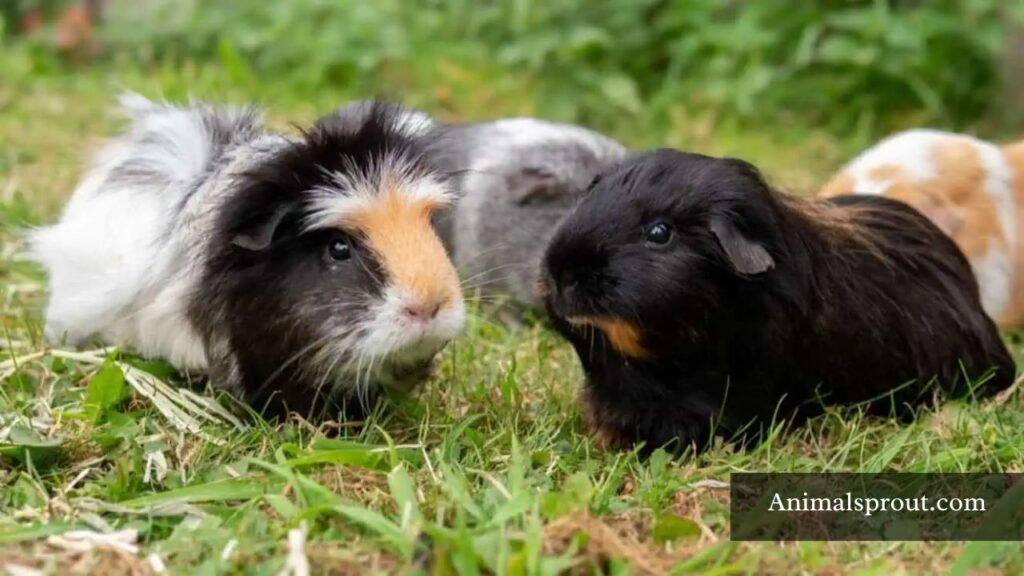
Studies suggest that creating enriching environments can mitigate their stress levels. Providing hiding spots — a cozy blanket, a small tunnel, or a simple cardboard box — can help them feel secure. Regular, gentle handling can foster trust and reduce anxiety. Observing their body language during interactions can also provide insights into their emotional states. An alert stance may indicate nervousness, while a relaxed posture signals comfort. By understanding these nuances, pet owners can cultivate a more serene atmosphere, making life less stressful for these lovable companions.
Cats
Scientific Name: Felis catus
Class: Mammalia
Diet: Carnivore
Cats possess an intricate emotional landscape, often cloaked in mystery. Their anxiety can manifest in various ways — ranging from over-grooming to sudden bursts of aggression. Interestingly, many environmental factors can contribute to their unease. Changes in routine, the introduction of new household members (both human and furry), or even loud noises can send their instincts into overdrive, prompting a cat to seek solace in familiar nooks or even the shadows.
Understanding a cat’s body language becomes essential in deciphering their anxious behaviors. Subtle signs, such as twitching tails or flattened ears, serve as red flags. Engaging with your feline friend through calming activities — like gentle brushing or interactive play — can help alleviate their stress. Creating a safe space with cozy hides or elevated perches allows cats to reclaim a sense of security, enabling them to manage their stress levels more effectively. Emphasizing this environment fosters not only physical safety but also emotional well-being.
Ducks
Scientific Name: Anas platyrhynchos domesticus
Class: Aves
Diet: Omnivore
Ducks, often seen gliding serenely across ponds, can also display remarkable signs of anxiety, revealing a complex emotional landscape. When faced with loud noises, sudden movements, or the presence of predators, their behavior shifts dramatically. These seemingly calm birds may become agitated, quacking incessantly and moving erratically, showcasing a fascinating survival instinct. Observing these changes offers a unique opportunity to understand how even the most seemingly carefree creatures have an internal world influenced by their surroundings.
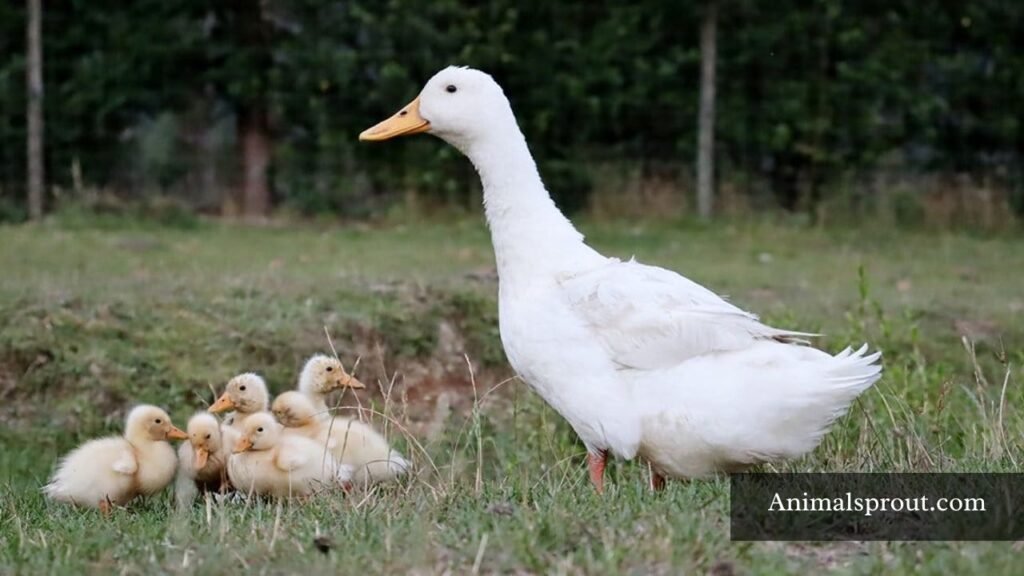
Interestingly, the social dynamics within duck flocks can heighten their anxiety levels. Ducks are highly social animals, and the presence of a strong leader can foster a sense of security. However, in the absence of a dominant figure or during conflicts over territory, stress levels can spike, leading to frantic quacking and frantic movements. This interplay of leadership and anxiety highlights how their relationships shape not only their behavior but also their overall well-being, reminding us that even the most tranquil scenes can harbor unseen layers of complexity.
Meerkats
Scientific Name: Suricata suricatta
Class: Mammalia
Diet: Omnivore
Meerkats are fascinating examples of how anxiety shapes behaviors in the animal kingdom. Living in tightly-knit social groups, these small mammals showcase a unique balance between vigilance and cooperation. While they spend much of their time foraging and playing, the vigilance exhibited during these activities is profound. One meerkat, often taking on the role of a sentry, stands guard while the others feed, embodying a collective anxiety that serves as a survival mechanism. This sentinel behavior not only highlights their social dynamics but also exemplifies the profound connection between anxiety and evolutionary success.
What’s particularly striking is how meerkats communicate their unease. Through a series of vocalizations and body language, these creatures convey danger alerts, enabling swift responses from the group. Observing this intricate system reveals that anxiety can strengthen bonds and foster collective action. This dynamic is a reminder that while anxiety is often viewed negatively, it can also drive cohesion and adaptability within communities.
Goats
Scientific Name: Capra aegagrus hircus
Class: Mammalia
Diet: Herbivore
Goats are surprisingly expressive creatures, often seen bouncing around in a carefree manner, but beneath that playful exterior lies a world of anxiety. Their natural instinct as prey animals makes them prone to stress, particularly in unfamiliar environments. When a goat feels threatened, its body language changes dramatically; they freeze, flick their ears, and can even start to vocalize their unease, emitting a distinct bleat that’s both alarming and relatable.
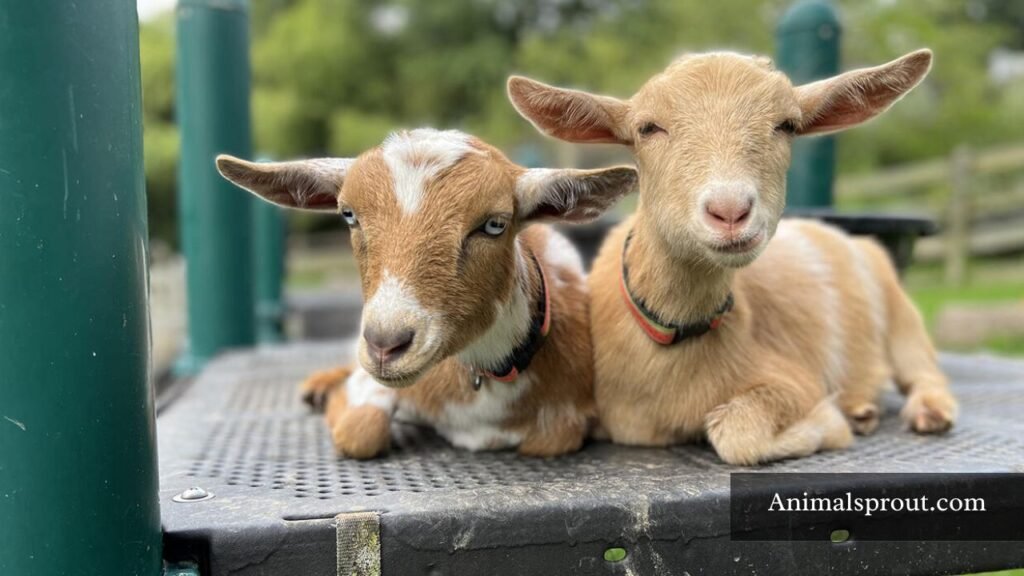
Interestingly, goats have a unique coping mechanism for their anxieties. They form strong social bonds with their herd, finding comfort in the presence of fellow goats. When one member becomes anxious, the entire group often reflects that stress, showcasing the power of communal support. Moreover, studies have highlighted that goats can recognize individual human faces, forming attachments that can help mitigate their anxiety levels when interacting with familiar caretakers.
Opossums
Scientific Name: Didelphis virginiana
Class: Mammalia
Diet: Omnivore
Opossums often get a bad rap, but these nocturnal creatures reveal an intriguing layer of resilience when it comes to handling anxiety. Unlike many mammals that flee from predators, opossums have a unique survival strategy: they literally “play dead.” This involuntary reaction, a form of tonic immobility, can confuse potential threats, buying the opossum precious moments to escape. However, it’s not just a reflex; studies suggest that this behavior is deeply entrenched in their evolution, showcasing how creatures adapt psychologically to survive in a harsh environment.
Beyond their survival tactics, opossums possess a remarkable immune system that can impact their interaction with stressors. They are known for their ability to tolerate venom from snakes, suggesting an extraordinary adaptability not just physically but also mentally. This resilience highlights a broader narrative about anxiety in the animal kingdom — how stress can wither some species while fortifying others.
Rabbits
Scientific Name: Oryctolagus cuniculus
Class: Mammalia
Diet: Herbivore
Rabbits are often viewed as the quintessential prey animal, embodying the delicate balance of sweetness and anxiety. Their large, expressive eyes and sensitive ears reveal a heightened state of awareness that can be easily triggered by their environment. Unlike cats and dogs, rabbits don’t vocalize as vocally; instead, they communicate through body language — thumping their hind legs as a warning or freezing when they sense danger. This instinctive behavior is a fascinating adaptation; it not only keeps them safe in the wild but also provides a glimpse into their emotional world.
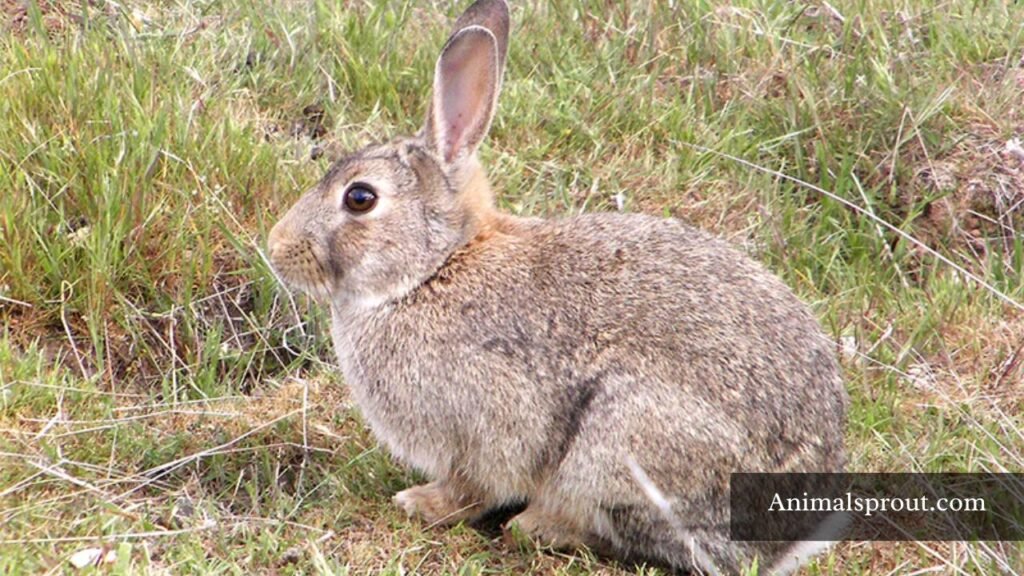
Creating a comfortable environment for pet rabbits is crucial in mitigating their anxious tendencies. Simple changes, such as providing hiding spots or elevating their living space, can make a world of difference. Furthermore, understanding the importance of routine can significantly reduce their stress levels. Just as humans thrive on predictability, rabbits feel more secure when their feeding and play times are consistent. Engaging with them in gentle, low-stress activities can foster a sense of trust, allowing their naturally timid nature to blossom into curiosity and playfulness.
Sheeps
Scientific Name: Ovis aries
Class: Mammalia
Diet: Herbivore
Sheep may seem like docile creatures, grazing peacefully in fields, but beneath their woolly exteriors lies an intricate world of anxiety that can deeply affect their behavior and well-being. Social animals by nature, sheep thrive in flocks; separation from their companions can trigger significant stress. Studies have shown that they experience elevated cortisol levels when isolated, which can lead to a range of negative health outcomes. This social dependence emphasizes the importance of maintaining cohesive groups, whether in farming practices or wildlife conservation efforts.
Moreover, the environmental stimuli around them can significantly impact their mental states. Loud noises, unfamiliar predators, or changes in routine can cause sheep to enter a heightened state of vigilance. Interestingly, research suggests that sheep can even recognize human faces, forming attachments to individuals who regularly work with them. This bond drives home the notion that their emotional responses are nuanced and deeply rooted in social dynamics. By fostering environments that prioritize their sensory and social needs, we can help mitigate their anxiety, leading to happier and healthier flocks.
Octopuses
Scientific Name: Octopus vulgaris
Class: Cephalopoda
Diet: Carnivore
Octopuses are intriguing creatures not just for their intelligence but also for their complex emotional responses — anxiety included. In the wild, these cephalopods display remarkable behaviors when under stress, using their ability to camouflage as a defense mechanism. When threatened, they can change color and texture in seconds, a skill that not only aids in evading predators but also reflects their emotional state. Such transformations speak to the octopus’s heightened sensitivity to their environment, showcasing a level of awareness that goes beyond simple instinct.
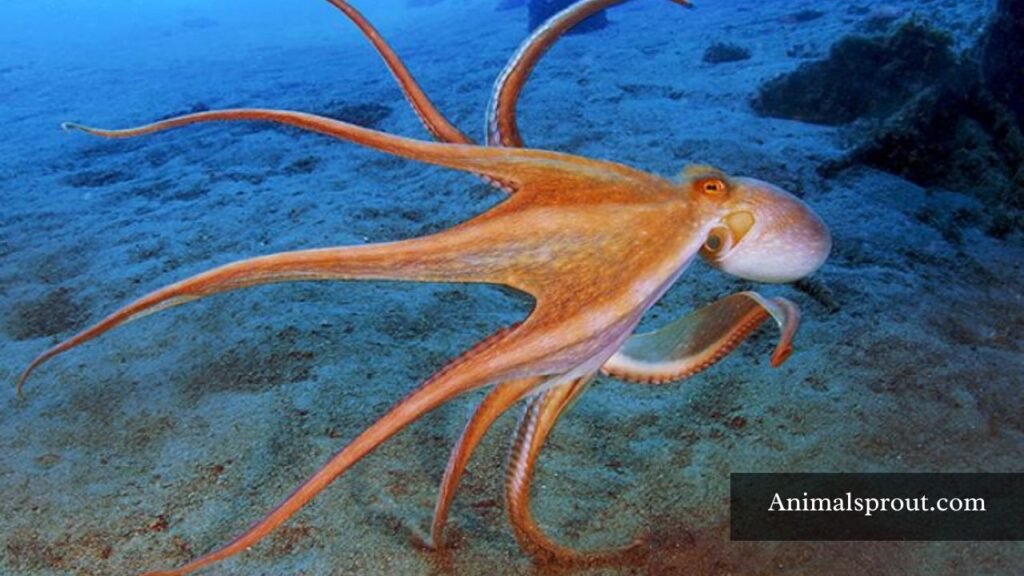
Moreover, research has revealed that octopuses exhibit signs of anxiety in captivity, often manifesting as repetitive behaviors like hiding or excessive exploration. These actions indicate a coping mechanism for dealing with an unnatural habitat. Interestingly, when provided with enriching environments that mimic their natural settings — complete with nooks, crannies, and interactive objects — they display more relaxed behaviors.
Chickens
Scientific Name: Gallus gallus domesticus
Class: Aves
Diet: Omnivore
Chickens, often perceived as simple barnyard creatures, exhibit a surprisingly complex array of emotions, particularly anxiety. Scientific studies reveal that these birds possess a heightened sensitivity to their environment, meaning changes in routine or habitat can trigger stress. Research has shown that chickens can recognize their flock mates and even experience social anxiety when separated from them, similar to the way humans might feel when distanced from close friends.
Interestingly, the anxiety responses in chickens can also be shaped by their interactions with humans. Positive human interaction can soothe their nerves, fostering a sense of safety within their environment. Conversely, rough handling or unpredictable human behavior can lead to increased stress levels, affecting their overall well-being and even egg production. By understanding these emotional intricacies, farmers and poultry handlers can create more supportive environments, ultimately leading to healthier, happier flocks.
Elephants
Scientific Name: Loxodonta africana
Class: Mammalia
Diet: Herbivore
Elephants, the gentle giants of the animal kingdom, carry an emotional weight that many of us can relate to. Their impressive memories don’t just help them navigate vast terrains; they also allow them to recall experiences tied to loss and trauma. For instance, when a matriarch passes away, her herd often mourns, exhibiting behaviors similar to human grief. This profound emotional connection can trigger anxiety within the group, particularly among young calves who rely on their elders for guidance and stability.
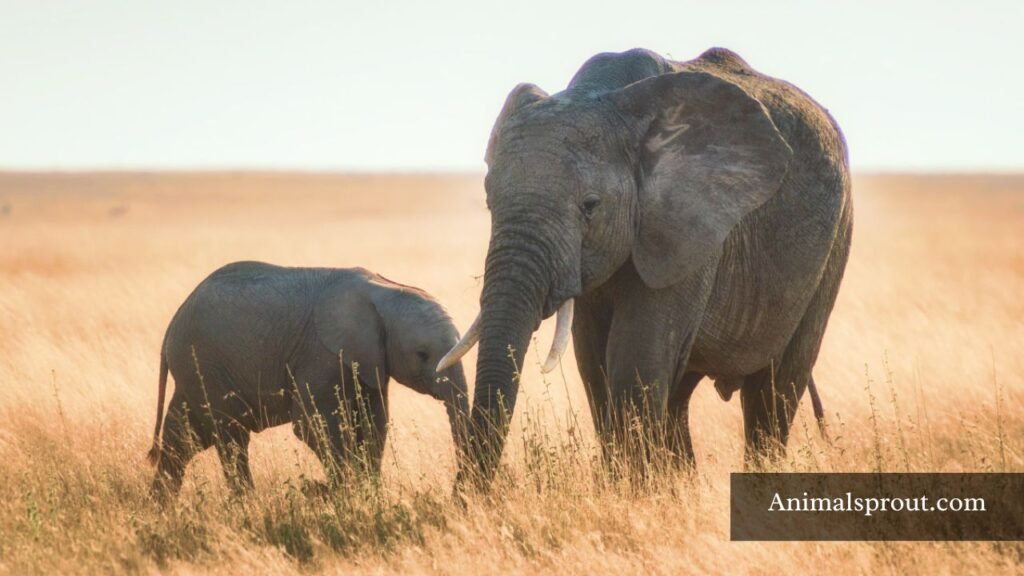
Yet, it’s fascinating how elephants cope with their anxiety. Interestingly, they engage in behaviors like rumbling and low-frequency vocalizations, which serve as a form of communication and reassurance. By syncing up their emotional states through these sounds, they create a supportive network that fosters resilience. Moreover, recent studies reveal that elephants demonstrate problem-solving skills in stressful situations, showcasing an impressive ability to adapt and navigate their anxieties.
Dogs
Scientific Name: Canis lupus familiaris
Class: Mammalia
Diet: Omnivore
Dogs are incredibly sensitive creatures, often reflecting the emotions of their human companions. Their anxiety can manifest in various ways, from excessive barking and destructive behavior to trembling and withdrawal. Understanding the root causes of these anxious reactions is crucial for effective intervention. Factors such as past trauma, lack of socialization, or even changes in their environment can contribute significantly to a dog’s emotional state.
Interestingly, recent studies have shown that certain breeds are more predisposed to anxiety than others, with herding breeds and terriers often showing heightened sensitivity. This hasn’t gone unnoticed by pet owners and trainers, who are increasingly turning to holistic approaches, such as aromatherapy and calming music, designed to soothe these anxious souls. Engaging in consistent training and creating a structured routine can also help instill a sense of security, allowing dogs to thrive emotionally.
Chimpanzees
Scientific Name: Pan troglodytes
Class: Mammalia
Diet: Omnivore
Chimpanzees are not only our closest evolutionary relatives; they also share a complex emotional landscape that mirrors human anxiety. Observing these primates in the wild reveals their ability to display stress responses, from vocalizations that echo distress to physical rituals like grooming. Such behaviors are not mere reactions; they’re vital components of their social interactions and survival. In crowded communities, their anxious tendencies can spike, reflecting the pressures of navigating complicated relationships and hierarchies.
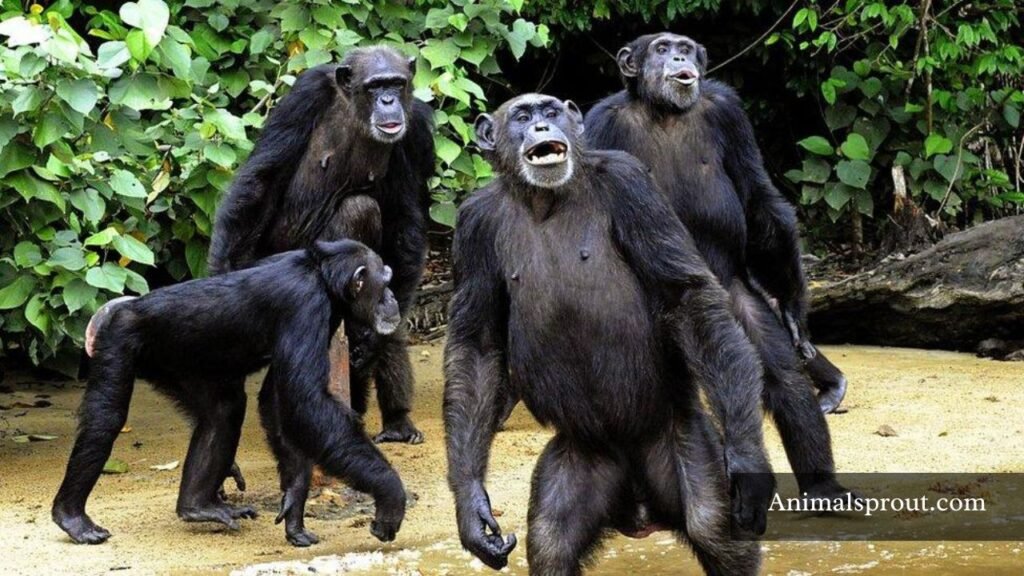
Interestingly, research shows that chimpanzees can develop coping mechanisms akin to those in humans. They engage in soothing activities — such as hugging or comforting one another — to alleviate stress. This highlights an important truth: anxiety isn’t just a human condition; it’s woven into the fabric of primate life.
Readmore: Explore Top 35 Animals That Live in Groups.
Final Words
Anxiety in animals is a complex issue that mirrors many of our own struggles with mental health. As we’ve explored, various factors contribute to this phenomenon, from environmental stressors to social dynamics. It’s essential for pet owners and wildlife enthusiasts alike to recognize the signs of anxiety in animals and take appropriate measures to help them cope. By fostering a more understanding and compassionate approach, we can enhance the well-being of our furry friends. Let us commit to learning more about their needs and advocating for healthier environments, both at home and in the wild.
FAQs
What is the most anxious animal in the world?
The most anxious animal in the world is often considered to be the domestic dog. Many dogs exhibit signs of anxiety due to factors like separation, loud noises, or unfamiliar situations. Their strong social bonds with humans and other pets make them particularly sensitive to changes in their environment, which can lead to stress and anxious behaviors.
Which animal has the most stress?
Elephants are often considered the animals with the most stress, primarily due to their complex social structures and habitats. They experience significant emotional turmoil, especially when separated from their families. The loss of family members or reductions in their territories due to human encroachment can lead to high levels of anxiety and depression. Elephants are highly intelligent and sensitive creatures. They can easily become stressed in captivity, where they lack the freedom to roam and engage in their natural behaviors. This stress manifests in various ways, including aggression and health issues.
Are cats anxious animals?
Yes, cats can experience anxiety, much like humans. Factors such as changes in their environment, loud noises, or even new pets can trigger stress. Signs of anxiety in cats include hiding, excessive grooming, and changes in eating habits.
